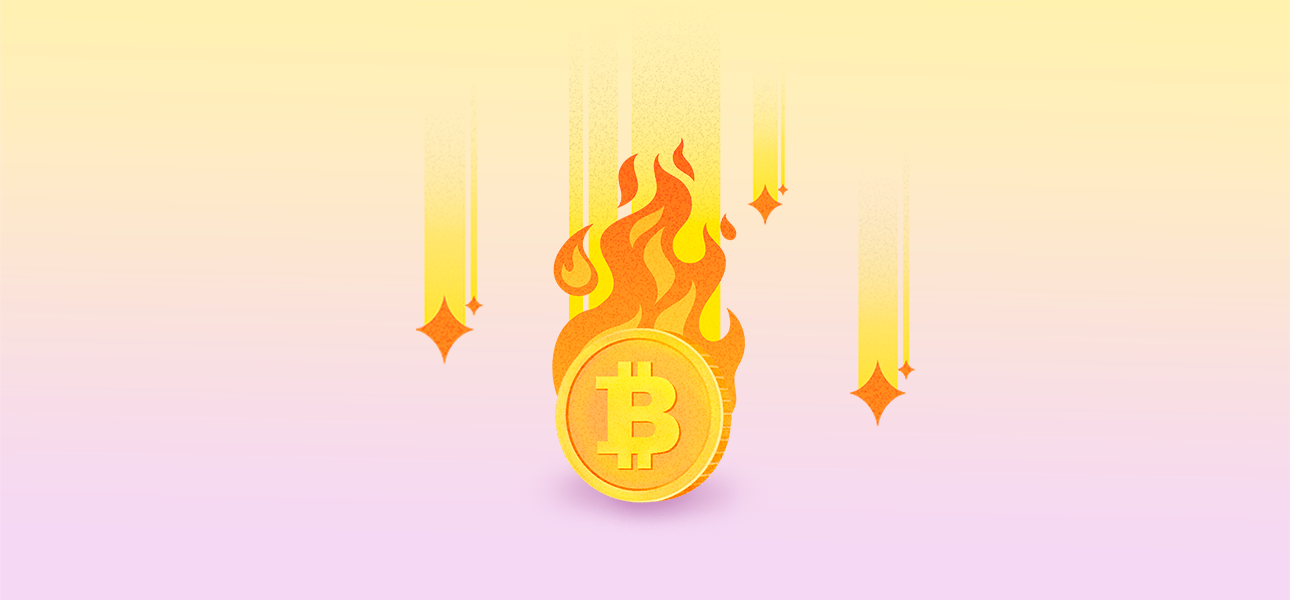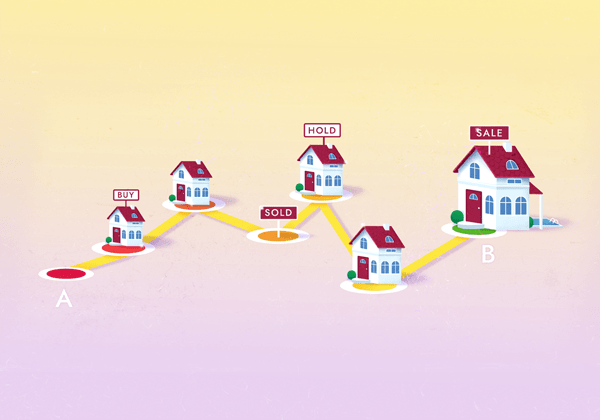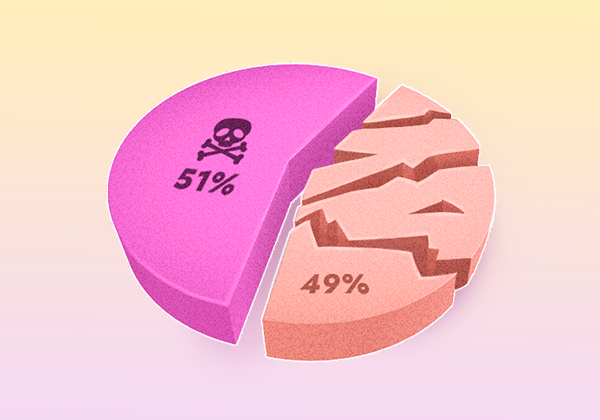
What is Token Burning, and How Does It Work?
In the rapidly evolving world of cryptocurrency, certain concepts can be baffling. One such concept is token burning, a strategic action taken by crypto companies to reduce the number of tokens in circulation. This article aims to dissect the mechanics of token burning, shedding light on what it is, why it's done, and how exactly this operation occurs in the digital asset environment.
Table of contents
What is Token Burning?
Token burning is a deliberate process carried out in the realm of cryptocurrency where a certain number of tokens are permanently removed from circulation. It's a bit like a company buying back its own shares, but with a key difference - instead of redistributing the tokens, they are permanently destroyed, or 'burned.'
Burning takes place when the token creators send these tokens to a public address, often referred to as the "eater address," that is inaccessible. Because the private keys of this address are not available, no one can use these tokens for transactions, effectively removing them from circulation forever.
In essence, token burning is the act of intentionally 'vanishing' a portion of the available tokens in a cryptocurrency's total supply. It's a deflationary mechanism that can influence a token's price and its supply and demand dynamics. When the total supply of a token decreases due to burning, and if demand stays constant or increases, the token's price can potentially rise.
This concept is not universally applied in all cryptocurrencies but is common in certain types of coins like Ethereum and Binance Coin. In each case, the features of token burning may differ. It's a tool that can provide a range of benefits to the cryptocurrency's ecosystem, which we will delve into in the next sections.
Why are Tokens Burned?
Tokens are burned for a variety of strategic reasons. Each of these contributes to the overall health of the token's ecosystem and enhances its long-term viability. Here are some key reasons:
- Value Stabilization: Reducing the supply of a token, assuming demand remains constant or increases, can help to drive up its price or stabilize its value. This is a key benefit for investors looking for steady returns.
- Controlling Inflation: Just like central banks control the money supply to manage inflation, token issuers may burn tokens to prevent the total supply from becoming too large, thereby controlling inflation within the token ecosystem.
- Creating Scarcity: When tokens become more scarce, they can become more attractive to potential investors. Scarcity can drive demand, and in turn, boost the token's price.
- Rewarding Token Holders: In some cases, tokens are burned as a way of rewarding current token holders, as it can increase the relative value of the remaining tokens.
- Preventing Spam Transactions: Some blockchains, such as Ethereum, burn a small amount of tokens as a 'gas fee' for processing transactions. This acts as a deterrent for spam transactions, maintaining the efficiency and integrity of the network.
By understanding these reasons, investors can better appreciate the purpose and potential benefits of token burning as part of a cryptocurrency's economic strategy.
How Does Token Burning Work?
Token burning is a fairly straightforward process. Here's how it generally works:
- Decision-Making: The project team determines whether to burn their tokens based on their own considerations. This decision may be driven by a predefined schedule within the token's protocol or a deliberate choice made by the project team. Tokens eligible for burning can come from various sources, including transaction fees, tokens allocated for the development team, or tokens repurchased from the market.
- Sending to Eater Address: Tokens are sent to a specific public address, often called an 'eater address.' This address is unique because no one has private keys, meaning the tokens sent to this address can't be accessed or moved, effectively taking them out of circulation.
- Verification: After the tokens have been sent to the eater address, the transaction can be verified on the blockchain. This is an important aspect of token burning because it ensures transparency. Anyone can check the blockchain and confirm that the tokens have indeed been burned.
Token burning is a powerful mechanism, allowing blockchain projects to exert control over their token's supply, stabilize prices, and incentivize investor participation. However, the impact on a token's value isn't guaranteed, as it depends on various factors like the overall market conditions and investor sentiment. As such, it's important for investors to understand the broader context when considering the implications of token burning.
Conclusion
Token burning is a critical strategy employed within the cryptocurrency ecosystem, primarily designed to manage the circulation and value of digital tokens. While it may seem counterintuitive to destroy one's own assets, this practice can enhance the stability and credibility of a token. By carefully controlling their supply, crypto companies can foster investor confidence and promote sustainable growth.
► Sabai Academy — a place where studying blockchain, crypto, fractional ownership, and real estate investments becomes a catalyst for capital growth!
Sabai Academy
Smart Reward System exclusive for academy participants!
Related Articles

What is Double Spending?

Real Estate Investment Strategies

